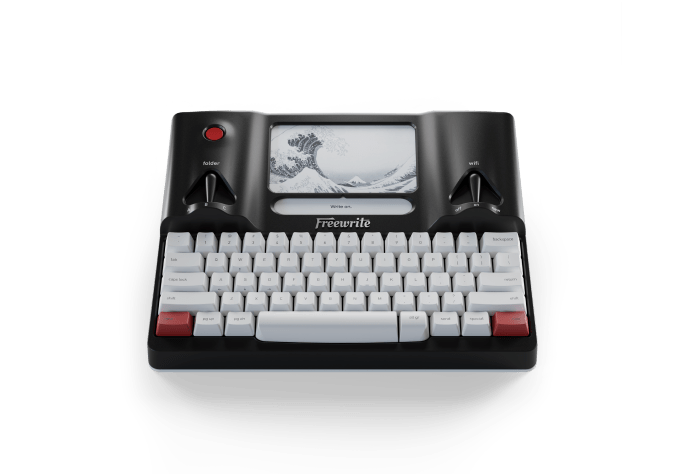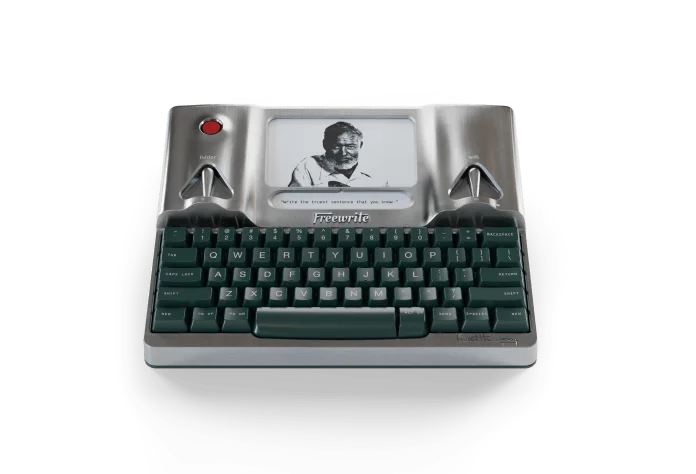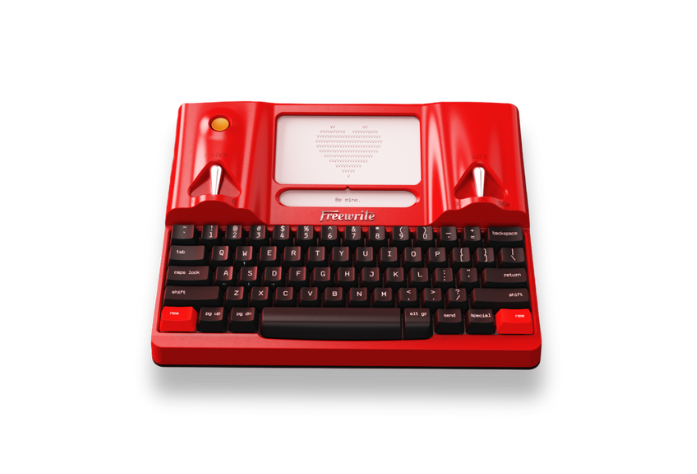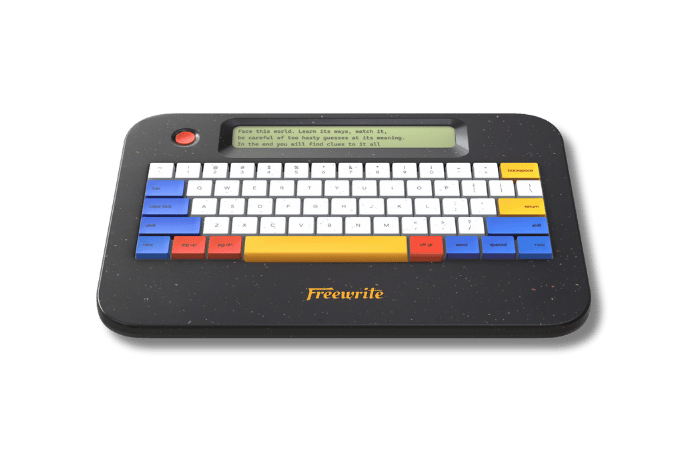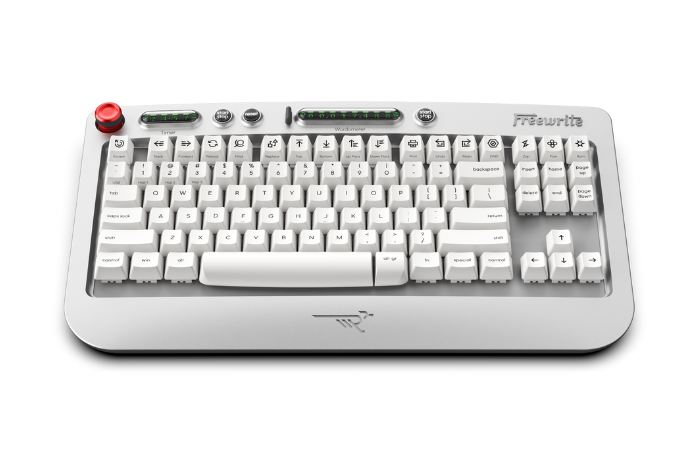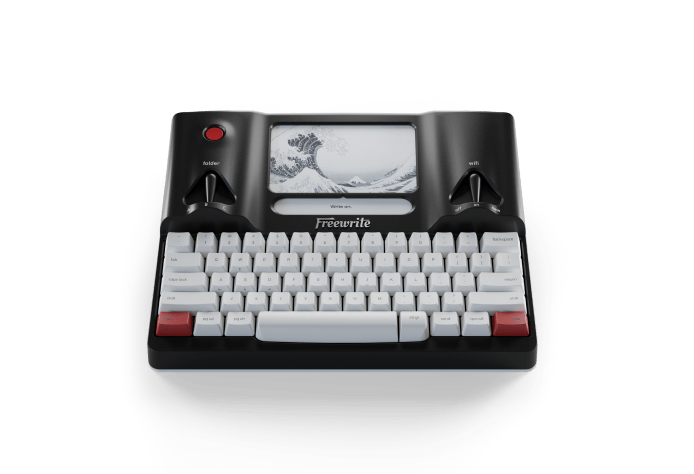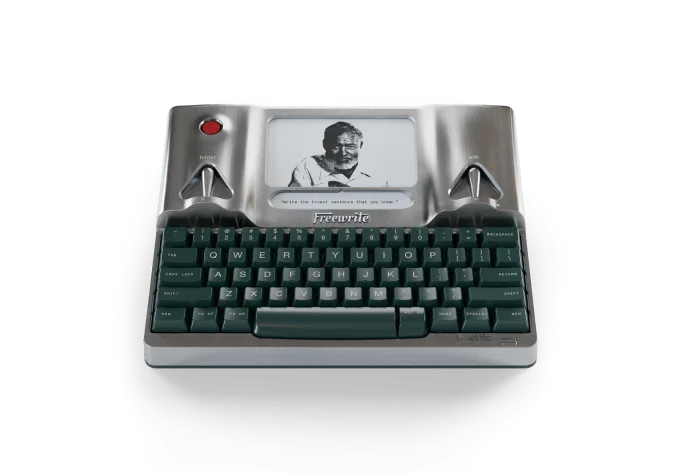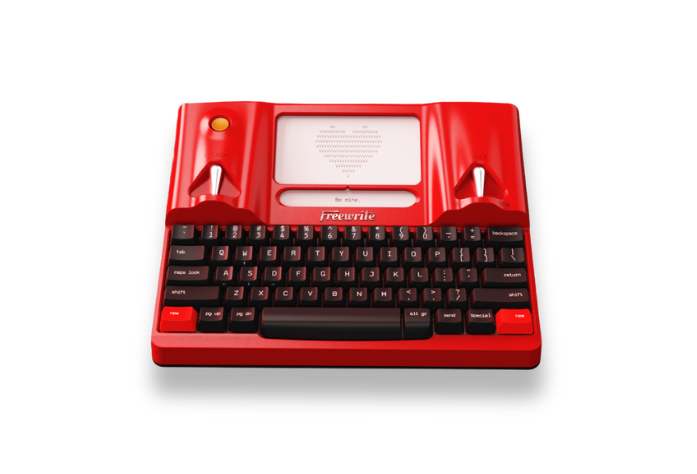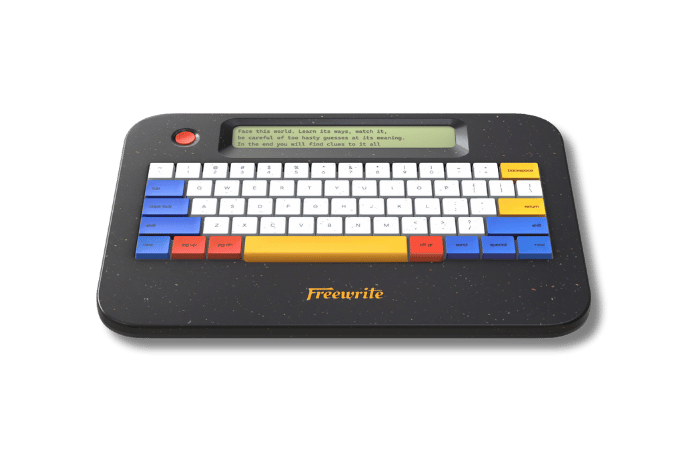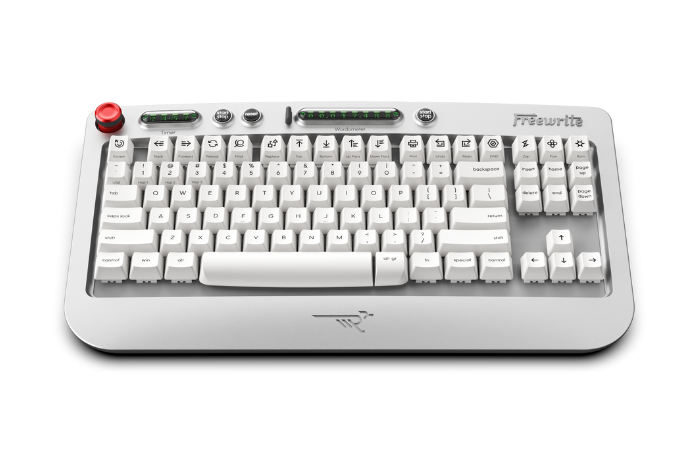NaNoWriMo is all about setting big writing goals - and the big number to aim for is 50,000 words. Yep, that’s right, the challenge is to write 50,000 words in just 30 days. It might sound like a lot, but it’s totally doable with dedication and a bit of creativity. Whether you're new to the event or thinking about jumping in, understanding the word count goal is key to setting yourself up for success. Let’s break it down and see what hitting that 50,000-word mark is all about!
What is NaNoWriMo’s Word Count Goal?
NaNoWriMo’s core challenge revolved around a single, ambitious goal: write 50,000 words in 30 days during November. This target, set when the event began in 1999, defined the experience and pushed writers to focus on quantity over perfection, making it a cornerstone of the global writing community until its closure in 2025.
The 50,000-Word Target
The NaNoWriMo challenge required participants to write at least 50,000 words from November 1 at 12:00 a.m. to November 30 at 11:59:59 p.m., local time. This could be a complete novel or the first 50,000 words of a longer work, averaging 1,667 words per day. Founder Chris Baty chose 50,000 words because it approximated the length of a short novel, like The Great Gatsby (47,094 words), offering a tangible yet challenging goal. Writers started fresh, with no prose written before November 1, though planning and outlines were allowed. By the mid-2010s, hundreds of thousands of writers participated annually, with over 413,000 joining globally in 2022.
Why Quantity Over Quality?
NaNoWriMo emphasized writing a rough first draft, encouraging participants to silence their inner editor. The 50,000-word goal was about building momentum, not crafting a polished manuscript. Writers were urged to keep typing, even if the story veered off course, as revision could come later. This approach, outlined in Baty’s 2003 book No Plot? No Problem!, helped participants overcome writer’s block and build confidence. The daily 1,667-word target - about 3-4 single-spaced pages - made the challenge manageable, especially with tools like the website’s word count tracker, which displayed progress graphs.
How Writers Met the Goal
Participants registered on nanowrimo.org to log their daily word counts, manually entering totals after 2019 (earlier, automated verification required manuscript uploads). Those hitting 50,000 words earned digital badges, certificates, and prizes like free paperback proofs from sponsors such as CreateSpace (2007–2015). Community support was key: Municipal Liaisons hosted write-ins, and forums offered tips for staying on track. In 2022, 413,295 writers joined, many using distraction-free tools like Freewrite devices to hit the daily target. The local time rule ensured flexibility, letting writers in different time zones start and finish on their own clocks.
Legacy of the Word Count
The 50,000-word goal became NaNoWriMo’s hallmark, driving its popularity and inspiring success stories like Water for Elephants and The Night Circus. Even after NaNoWriMo’s closure in April 2025, the target remains a benchmark for writers creating their own month-long challenges. It symbolized the power of consistent effort, proving that a novel’s first draft could take shape in just 30 days with dedication and community support.
Young Writers Program: Flexible Word Counts for Kids and Teens
The Young Writers Program (YWP), launched in 2004, brought NaNoWriMo to students under 18, offering flexible word count goals tailored to young writers’ needs. It empowered kids and teens to join the November challenge while accommodating their skill levels and schedules.
Unlike the main event’s fixed 50,000-word target, YWP participants could set their own goals, ranging from a few thousand words to 50,000 or more. Educators often integrated the program into classrooms, with over 100,000 students participating annually at its peak. Writers registered on ywp.nanowrimo.org, accessing youth-friendly resources like workbooks and progress trackers. The program fostered creativity through forums and teacher-led events, with Municipal Liaisons occasionally hosting youth write-ins.
Key features of the Young Writers Program included:
-
Custom Goals: Students chose word counts, from 1,000 to 50,000+ words, based on age or ability.
-
Classroom Integration: Teachers set collective or individual goals, using free curriculum materials.
-
Community Support: Youth-specific forums and local events encouraged collaboration.
-
Free Access: No cost to join, funded by donations and sponsors like Amazon Literary Partnership.
Camp NaNoWriMo: Custom Word Counts in April and July
Camp NaNoWriMo, started in 2011, offered a relaxed alternative to November’s challenge, running in April and July with customizable word count goals. It catered to writers seeking flexibility or year-round opportunities to write.
Held from the 1st to the 30th or 31st, local time, Camp let participants set their own targets - word counts starting at a few thousand, hours, or pages - for projects like novels, scripts, or nonfiction. Writers joined virtual “cabins” on nanowrimo.org to share progress with small groups. After its standalone site closed, Camp merged into the main platform, keeping registration free. In 2022, thousands participated, enjoying the program’s laid-back, summer camp vibe.
Key features of Camp NaNoWriMo included:
-
Flexible Targets: Choose word counts, hours, or pages to suit any project.
-
Timing: Full-month sessions in April and July, starting and ending on the 1st and 30th/31st.
-
Virtual Cabins: Collaborate with friends or random groups via message boards.
-
Free Registration: Open to all, with sign-ups a few weeks before each session.
How to Hit NaNoWriMo’s 50,000-Word Target
Reaching NaNoWriMo’s 50,000-word goal in just 30 days is a thrilling challenge that requires planning, discipline, and a few smart strategies. Writing an average of 1,667 words daily during November’s sprint can feel daunting, but with the right approach, writers of all levels can cross the finish line. From leveraging community support to using distraction-free tools, here’s how to hit that word count target and make the most of National Novel Writing Month’s creative energy.
Create a Writing Schedule
Consistency is key to writing 50,000 words in 30 days. Break the goal into manageable chunks by aiming for 1,667 words daily - about 3-4 single-spaced pages. Set a daily writing time that fits your routine, whether it’s early mornings, lunch breaks, or late nights. Many writers find success by splitting the target into two sessions, like 800 words in the morning and 867 in the evening. Use a calendar to map out your 30 days, factoring in busier days (like Thanksgiving) where you might need to bank extra words earlier. NaNoWriMo’s website offers progress trackers to monitor your daily counts, helping you stay on pace.
Leverage NaNo Prep Resources
Preparation can make or break your NaNoWriMo success. Start in October with NaNo Prep, a free set of resources on nanowrimo.org that includes worksheets for outlining plots, developing characters, and building worlds. Create a loose outline to guide your story, even if you’re a “pantser” who prefers writing without a plan. Jot down key scenes, character motivations, or world details to avoid getting stuck mid-November. The rules allow unlimited notes before November 1, so use this time to research or sketch ideas. A clear plan reduces writer’s block, letting you focus on hitting your daily word count.
Join the NaNoWriMo Community
NaNoWriMo’s global community is a powerful motivator. After signing up, connect with other “Wrimos” through the website’s forums to share tips, troubleshoot plot issues, or find encouragement. Join regional groups led by Municipal Liaisons, who organize write-ins where writers gather to work together. These events, often held in libraries or cafes, boost productivity through group focus. Virtual write-ins and sprint challenges on forums push you to write more in short bursts. In 2022, over 413,000 participants leaned on this community, with pep talk emails from published authors adding extra inspiration to keep typing.
Use Distraction-Free Tools
Distractions like social media or email can derail your 1,667-word daily goal. Freewrite devices, built by Astrohaus, are designed for NaNoWriMo’s intensity, offering E Ink or LCD screens and mechanical keyboards with no internet or apps. Writers report 2-3 times more words per hour using tools like the Freewrite Traveler or Alpha. Alternatively, software like Scrivener or FocusWriter can block notifications on your computer. Set up a dedicated writing space, silence your phone, and use NaNoWriMo’s word count tracker to log progress without opening distracting apps. These tools help you stay in the flow, maximizing your output.
Embrace the Quantity Mindset
NaNoWriMo’s mantra is quantity over quality, so don’t aim for perfection. Silence your inner editor and keep writing, even if your prose feels rough. If you’re stuck, skip to a new scene or add placeholder text (like “insert fight scene here”) to maintain momentum. Founder Chris Baty’s book No Plot? No Problem! encourages embracing messy drafts, as revision comes later. Try word sprints - writing as much as possible in 15-20 minutes - to boost your count. This mindset helped nearly 400 traditionally published novels, like The Night Circus, start as NaNoWriMo drafts.
Plan for the Final Push
The last week of November often requires a sprint to hit 50,000 words. Track your progress daily to avoid falling behind. If you miss a day, recalculate your daily target (e.g., 2,000 words for 25 days left). Attend “Thank God It’s Over” parties in early December to celebrate, but aim to finish by November 30 at 11:59:59 p.m. local time. In its final year, November 2024, writers used these strategies for one last NaNoWriMo, proving that with grit and community, the 50,000-word goal was within reach.
Why 50,000 Words? The History Behind NaNoWriMo’s Goal
The 50,000-word goal is NaNoWriMo’s heartbeat, set by founder Chris Baty when he launched the challenge in 1999. This target, roughly the length of a short novel, was chosen to be ambitious yet achievable, shaping the event’s growth from 21 writers to over 431,000 by 2015.
In July 1999, Baty and friends in San Francisco picked 50,000 words, inspired by books like The Great Gatsby (47,094 words), as a benchmark for a draft novel. When NaNoWriMo moved to November in 2000, the goal stayed, driving 140 participants to join. Baty’s 2003 book No Plot? No Problem! explained the choice: 50,000 words pushed writers to create substantial drafts without overwhelming them. This focus on quantity fueled successes like Water for Elephants, with nearly 400 novels published from NaNoWriMo drafts by the 2025 closure.
-
Origin: Set in 1999 to match short novel lengths like The Great Gatsby.
-
Growth Driver: Consistent goal grew participation from 21 in 1999 to 431,626 in 2015.
-
Quantity Focus: Encouraged rough drafts, as outlined in Baty’s 2003 book.
-
Legacy: Led to nearly 400 traditionally published novels before the 2025 shutdown.
Tracking Your NaNoWriMo Word Count: Tools and Verification
Tracking your word count was central to NaNoWriMo’s 50,000-word challenge, with tools and verification processes ensuring progress and rewarding success. NaNoWriMo’s website and community resources made it easy to stay on track.
Participants logged daily word counts on nanowrimo.org, where a built-in tracker displayed progress graphs and milestones. Before 2019, winners uploaded manuscripts for automated verification, ensuring accuracy. After 2019, writers manually entered their total word count by November 30, earning badges and certificates. Sponsors like CreateSpace (2007–2015) offered prizes, such as free paperback proofs, for hitting 50,000 words. Writers could use any writing tool - Freewrite devices, Scrivener, or Google Docs - but entered counts on the site. Forums and write-ins shared tips for accurate tracking, helping over 413,000 participants in 2022.
-
Word Count Tracker: Website tool logged daily progress with visual graphs.
-
Verification Shift: Pre-2019 uploads, post-2019 manual entry for badges.
-
Sponsor Prizes: CreateSpace provided free proofs for winners (2007–2015).
-
Flexible Tools: Write with any software, but track counts on nanowrimo.org.
Stay Focused with Freewrite Devices
For writers tackling the 50,000-word NaNoWriMo challenge in November, staying focused is critical.Freewrite devices, created by Astrohaus, are designed to eliminate distractions like social media, email, and apps, helping you write up to 2-3 times more words per hour. With glare-free E Ink or LCD screens to ease eye strain, tactile keyboards for comfortable typing, and seamless cloud syncing to Postbox, Google Drive, Dropbox, or Evernote, Freewrite keeps your drafts safe and your mind on the story. Freewrite devices have supported countless writers in drafting novels, with robust tools for distraction-free productivity.

1. Smart Typewriter
The Smart Typewriter is a focused, distraction-free writing device designed to help you immerse yourself fully in your writing without the interruptions of emails, notifications, or social media. Featuring an E Ink display with a frontlight, it allows for easy reading day or night. The mechanical keyboard, with durable Kailh Box Brown switches, offers a satisfying tactile feel for long writing sessions. With cloud syncing and long-lasting battery life, it’s perfect for writers who want to focus purely on drafting without distractions.
Benefits:
-
E Ink display with frontlight for readability day or night
-
Full-size mechanical keyboard with durable Kailh Box Brown switches
-
Cloud syncing for seamless backup and access across devices
-
Long-lasting battery to keep writing without interruption
-
Distraction-free platform designed for writing flow

2. Traveler
The Traveler is a portable, distraction-free drafting device designed for writers on the go. Weighing only 1.6 pounds and featuring a compact E Ink display, it’s perfect for writers who need to write anywhere. Its full-size scissor-switch keyboard offers a smooth typing experience, and the display is easy on the eyes, ensuring comfort during long writing sessions. With cloud syncing and long-lasting battery life, you can draft your novel, journal, or essays without worrying about distractions or losing your progress.
Benefits:
-
Lightweight and portable, perfect for travel
-
E Ink display that is glare-free and easy to read in sunlight
-
Full-size scissor-switch keyboard for smooth, comfortable typing
-
Automatic cloud syncing for easy document backup and access
-
Long-lasting battery for up to 4 weeks with regular use

3. Alpha Raven Black with Backlight
The Alpha Raven Black is a highly portable, distraction-free writing device designed to help you stay in the zone and focus on your writing. Weighing just 1.6 lbs, it’s perfect for writers who need a lightweight device they can take anywhere. The built-in backlight allows you to write day or night, with adjustable brightness to suit your environment. With a full-size mechanical keyboard and 100-hour battery life, the Alpha provides everything you need to draft without interruptions, whether you're at home or on the go.
Benefits:
-
Ultra-portable and lightweight, easy to carry anywhere
-
Built-in backlight with five brightness levels for writing day or night
-
Full-size Kailh Choc V2 low-profile keyboard for comfortable typing
-
100-hour battery life, so you can write for long periods without recharging
-
Automatic cloud syncing for easy backup and access from multiple devices
Conclusion
National Novel Writing Month, or NaNoWriMo, was a transformative writing challenge that inspired millions to chase a 50,000-word goal each November, fostering creativity and discipline among writers worldwide. From its 1999 inception with 21 participants to its peak with over 431,000 in 2015, the 50,000-word target - roughly a short novel - drove successes like Water for Elephants and The Night Circus. The Young Writers Program offered flexible word counts for kids and teens, while Camp NaNoWriMo’s custom goals in April and July broadened its reach. Tools like Freewrite devices and NaNoWriMo’s word count tracker helped writers stay focused and hit their targets. Though NaNoWriMo closed in April 2025 due to financial and community challenges, its legacy of encouraging prolific drafting endures, inspiring writers to set their own word count goals and pursue their stories with passion.
Frequently Asked Questions
How many words was NaNoWriMo’s main challenge?
NaNoWriMo required participants to write 50,000 words in November, from the 1st at 12:00 a.m. to the 30th at 11:59:59 p.m., local time. This averaged 1,667 words daily, aiming for a complete novel or the first 50,000 words of a longer work.
Could kids and teens set different word counts for NaNoWriMo?
Yes, through the Young Writers Program, participants under 18 could set flexible word count goals, from 1,000 to 50,000+ words, tailored to their age or ability. Over 100,000 students joined annually, often through classroom programs.
What were the word count options for Camp NaNoWriMo?
Camp NaNoWriMo, held in April and July, allowed writers to set custom goals, starting at a few thousand words, or track hours or pages. This flexibility suited diverse projects like novels, scripts, or nonfiction.
How did NaNoWriMo verify the 50,000-word goal?
Before 2019, writers uploaded manuscripts to nanowrimo.org for automated word count verification. After 2019, participants manually entered their total word count by November 30, earning badges, certificates, and prizes like CreateSpace proofs.
Why was 50,000 words chosen as NaNoWriMo’s goal?
Founder Chris Baty set the 50,000-word target in 1999, inspired by short novels like The Great Gatsby. It balanced ambition with achievability, encouraging rough drafts that led to nearly 400 traditionally published novels.

